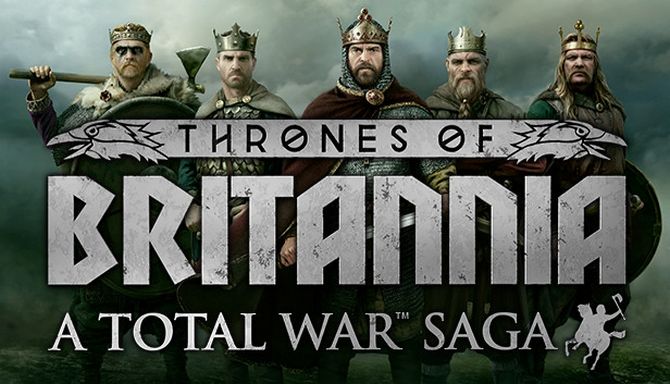Dreki - Eastmen Spearmen
This transport ship is light and easy to manoeuvre, but almost defenceless if attacked.Norse spears combined with Gaelic traditions result in an ideal defence against cavalry.
For most of history the only way to move cargoes and people over long distances at any kind of reasonable speed was by water; this remained true until the invention of the railway. Trading vessels carried goods, following the coastlines for the most part, and up navigable rivers. The pattern of settlement and colonisation was almost entirely based on where ships could go. It was also considerably easier to move armies by sea than march them long distances. Trade ships were hired or requisitioned for such tasks, and this was an added incentive for generals to reach a quick conclusion to a campaign: war hurt trade, and used up ships needed for vital food supplies.
(Eastmen Spearmen)
In the centuries following the eighth-century appearance of the first recorded Viking raiders in the Irish Sea, those of the Norse who chose to settle in the region came to be known as the ‘Ostmenn’, or more literally, ‘the men of the east’. This was how the settled Norse-Gaels contrasted themselves from the native Gaels, who they referred to as ‘Vestmen’, unsurprisingly, ‘the men of the west’. Combining local traditions with their own, the Norse-Gaels were culturally distinct from both the Gaels and their Scandinavian forefathers. Their hybridisation of traditions took place against the setting of their coastal defensive strongholds, many of which were the nuclei of the powerful independent kingdoms of later years. Norse-Gaelic powerbases would eventually be established in places like Dublin, Galloway, and Mann, amongst other places.
As with many facets of their culture, the martial traditions of the Norse-Gaels retained both Viking and Gaelic elements. Armed with spears, they were arguably wielding the oldest purpose-built weapon in existence. Given its comparative cheapness and ease of construction, the spear was one of the most commonly used weapons among all classes of fighting men before and throughout medieval times. Its notable advantage was the longer reach it afforded its bearer, enabling effective engagement with a larger or mounted enemy who might otherwise be out of reach. The Viking tendency to emblazon spears with ostentatious decorative carvings indicates that some were primarily used for thrusting rather than throwing, reducing the possibility of losing what were obviously prized weapons.
Unit Name Dreki - Eastmen Spearmen |
Main Unit Key shp_est_spearmen |
Land Unit Key est_spearmen |
Naval Unit Key vik_dreki |
Soldiers 160 |
Category Heavy Ship |
Class Melee Ship |
Custom Battle Cost 200 |
Recruitment Cost 200 |
Upkeep Cost 60 |
Hull Strength |
└ Ship vik_dreki |
Speed |
Melee Skill 26 |
Melee Damage 28 |
├ Melee Weapon vik_spear_levy |
├ Melee Base Damage 20 |
├ Armour-piercing Damage 8 |
├ Armour Piercing No |
├ Attack Against Cavalry 20 |
├ Attack Against Elephants 0 |
└ Attack Against Infantry 0 |
Charge Bonus 18 |
Melee Defence 56 |
├ Base Defence 26 |
├ Shield vik_medium |
└ Shield 30 |
Armour 12 |
├ Armour vik_leather |
├ Armour Defence 12 |
└ Shield Armour 0 |
Health 100 |
├ Man Entity vik_inf_heavy |
├ Man Health 100 |
└ Bonus Hit Points 0 |
Morale 30 |
Abilities
Eastmen Spearmen- Shield Castle
"Heads down, lads, things are about to get a little hairy around here!"
Units cannot move in this formation.
Attributes
- [[col:yellow]]Expert Charge Defence[[/col]]
This unit’s melee attack and damage are increased against charging enemies. - [[col:yellow]]Hide (forest)[[/col]]
This unit can hide in forests until enemy units get too close.
Strengths & Weaknesses
No Strengths and Weaknesses


 Français
Français Italiano
Italiano Deutsch
Deutsch Español
Español Русский
Русский Čeština
Čeština Polski
Polski Türkçe
Türkçe Português (Brasil)
Português (Brasil) 한국어
한국어 简体中文
简体中文 正體中文
正體中文
